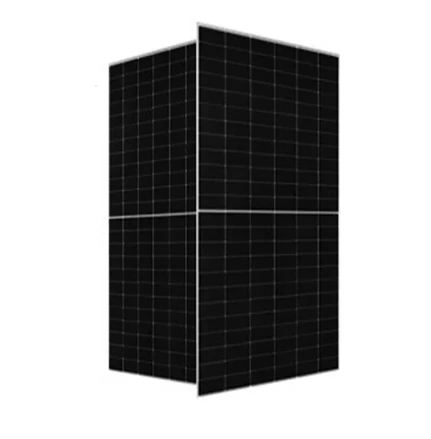Exploring the Efficiency of Advanced Thin Film Solar Cell Technologies for Renewable Energy Solutions
Efficiency of Thin Film Solar Cells An Overview
The global shift towards renewable energy sources has surged in recent years, prompting advancements in solar technology to become more urgent and essential. Among the various types of solar cells, thin film solar cells have emerged as a promising alternative to traditional silicon-based solar cells. Their unique characteristics not only offer flexibility in application but also come with significant challenges related to efficiency. Understanding the efficiency of thin film solar cells is crucial for their optimization and widespread adoption.
Thin film solar cells are manufactured by depositing one or more thin layers of photovoltaic material on a substrate. The three primary materials used in thin film solar cells are cadmium telluride (CdTe), amorphous silicon (a-Si), and copper indium gallium selenide (CIGS). Each material has distinct advantages and disadvantages affecting the overall efficiency and performance of the solar cell.
One of the key advantages of thin film solar cells is their lower production cost compared to traditional crystalline silicon cells. The manufacturing process for thin films can be less energy-intensive and allows for the use of flexible substrates, enabling applications in various environments and integrating solar technology into buildings and other structures. However, the trade-off for these advantages often lies in their efficiency.
The efficiency of thin film solar cells typically ranges from 10% to 12%, though some advanced thin film technologies have achieved efficiencies above 20%. For example, CIGS thin film solar cells have reached efficiencies of over 22% in laboratory settings. This efficiency is significantly lower than crystalline silicon solar cells, which can exceed 25% under optimal conditions. The inherent properties of the materials used in thin films often result in lower light absorption and energy conversion efficiencies.
One major factor affecting the efficiency of thin film solar cells is the thickness of the material layer. A thinner layer may absorb less sunlight, while a thicker layer can provide better absorption but may also lead to increased recombination losses. Optimal thickness is, therefore, essential for maximizing efficiency. Researchers continue to explore the ideal thickness to strike a balance between light absorption and material usage.
efficiency of thin film solar cell

Another challenge is the stability and longevity of thin film solar cells. Degradation over time can impact their performance and efficiency. For instance, a-Si solar cells are known to suffer from the Staebler-Wronski effect, where the efficiency decreases upon exposure to light and gradually improves with time but never regains its initial performance. This warrants further developments in material stability to ensure thin film solar cells can remain competitive and efficient over their operational lifespan.
In recent years, research has focused on enhancing the efficiency of thin film solar cells through various methods. Innovations in material science, such as the development of tandem cells—where different materials are layered to utilize a broader spectrum of sunlight—hold great promise. For example, a tandem structure using a-Si on top of CdTe can improve efficiency by capturing more of the sunlight’s spectrum.
Moreover, nanotechnology and surface texture modifications are emerging techniques aimed at improving light absorption and reducing reflectance in thin film cells. By engineering the surface structure at the nanoscale, researchers are finding ways to increase the effective surface area for light absorption, therefore boosting overall efficiency.
While the efficiency of thin film solar cells may currently lag behind that of crystalline silicon solar cells, the technology offers unique advantages, including flexibility, lightweight, and lower manufacturing costs. As research progresses and innovative materials and methods are developed, it is likely that we will see significant improvements in the efficiency of thin film solar cells.
Ultimately, the adoption of thin film technology will play a pivotal role in the global transition towards sustainable energy. As efficiency improves, these solar cells could become an integral part of our energy landscape, supplementing other technologies to create a more diverse and resilient energy infrastructure. Continued investment in research and development, coupled with supportive policies, will be essential to drive the next generation of high-efficiency thin film solar cells and accelerate the shift to renewable energy solutions.
-
String Solar Inverter: The High-Efficiency Solution for Smart Solar EnergyNewsJul.14,2025
-
Revolutionizing Rooftop Energy with the Power of the Micro Solar InverterNewsJul.14,2025
-
Power Independence with Smart Off Grid Solar Inverter SolutionsNewsJul.14,2025
-
On Grid Solar Inverter: Powering the Future with Smart Grid IntegrationNewsJul.14,2025
-
Monocrystalline Solar Panels: High-Efficiency Power for the Future of Clean EnergyNewsJul.14,2025
-
Bifacial Solar Panel: A Smarter Investment for Next-Generation Energy SystemsNewsJul.14,2025







